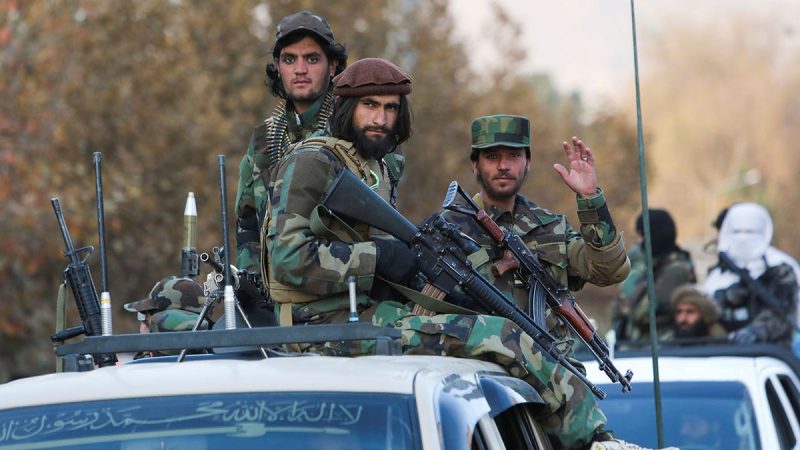The use of artificial intelligence in modern warfare has significantly revolutionized military tactics and strategies. One of the notable examples where the United States employed AI technology in combat was against the Taliban during the drawdown period in Afghanistan.
The U.S. military’s application of AI in the conflict with the Taliban represented a paradigm shift in how operations are conducted in complex and dynamic battle environments. At the heart of this technological advancement is machine learning, a subset of artificial intelligence that enables computer systems to learn and improve from data without the need for explicit programming.
Machine learning algorithms analyze vast amounts of data to identify patterns and make predictions, allowing military commanders to make informed decisions quickly and accurately. In the context of the conflict with the Taliban, AI-powered systems were employed for various purposes, ranging from intelligence gathering and reconnaissance to target identification and strategic planning.
One of the key advantages of using AI in combat situations is its ability to process information at speeds far exceeding human capabilities. This enabled the U.S. military to respond swiftly to changing circumstances on the battlefield and gain a tactical edge over the Taliban forces. Moreover, AI-based systems can operate autonomously in high-risk environments, reducing the need for direct human involvement and minimizing the risk to military personnel.
In the fight against the Taliban, AI technology played a crucial role in enhancing situational awareness and enabling more precise and targeted strikes against enemy forces. By leveraging advanced algorithms and data analytics, the U.S. military was able to identify key Taliban strongholds, disrupt supply lines, and dismantle communication networks with unprecedented efficiency.
Furthermore, AI systems were instrumental in aiding military planners in devising effective counterinsurgency strategies and minimizing collateral damage. By analyzing vast amounts of data on past operations and enemy tactics, AI algorithms helped predict potential threats and outcomes, allowing commanders to tailor their responses accordingly and achieve more favorable results on the ground.
The successful integration of AI technology into military operations against the Taliban underscores the transformative potential of artificial intelligence in modern warfare. As technology continues to advance and AI capabilities expand, the U.S. and other military forces around the world are poised to harness the power of intelligent machines to confront emerging threats and achieve strategic objectives with greater precision and efficiency.




























